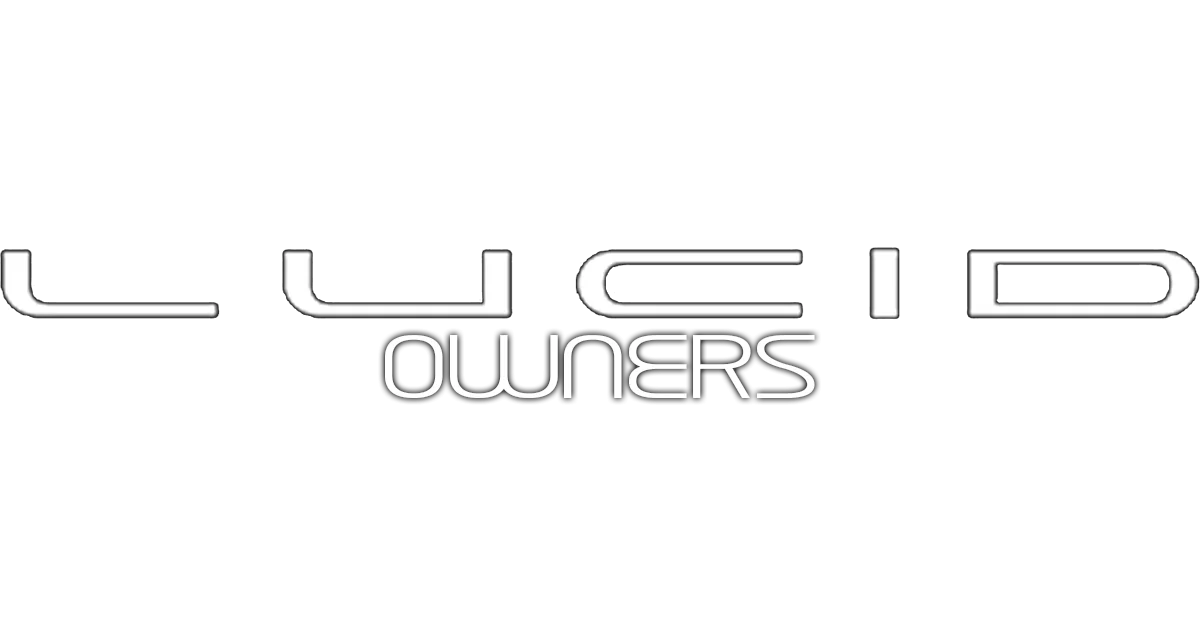We had a very lengthy discussion on another thread about Lucid's tire choices for each of the wheel options -- a discussion that was especially enlightened by
@PetevB who is an engineer and a car technical writer.
Lucid did not make the tire choices randomly for the Gravity. Each tire/wheel combo was chosen to accomplish specific purposes. The Hankooks on the smallest wheels were clearly chosen to optimize range, as the wide gap between their EPA rating and the other wheel options indicates. The Hankooks consistently show themselves across controlled tire tests by professional reviewers as the most range-efficient tires . . . but it comes at the cost of wet handling and braking, where they consistently test at or near the bottom.
At the other end, the P Zero PZ5 Pirellis on the largest wheels are Pirelli's newest performance tire, and Lucid worked with Pirelli to tune the LM1 version of the tire specifically to Lucid's specs. As far as I know, Lucid is the first manufacturer to mount them as OEM tires. The early reviews of this tire are placing it at the pinnacle of wet and dry handling and braking for road cars outside the realm of specialized race and track tires.
A good bit of the astonishing handling people are reporting for the Gravity comes from the cars mounted with these tires. One element of why may be the unusually square shoulders of this tire. Although the rear tires across all three wheel options have the same nominal width -- 285mm -- the tread patch at the pavement is considerably wider with the Pirellis: 10" vs. 8.9" for the mid-size Michelins and 8.6" for the Hankooks.
At the middle wheel option, the Michelins seem to be a choice driven by the desire to provide an all-season option that leans toward the performance rather than the efficiency end of the spectrum. While the EPA range of this mid-size combo is given to be the same as the large wheel option, tests of the Michelins have shown them to be among the best all-seasons in terms of traction, especially in wet and dry braking.
You might find some cheaper tires to put on your Gravity, but you'll very likely be giving up something Lucid strove to give you in terms of range and/or driving performance.
